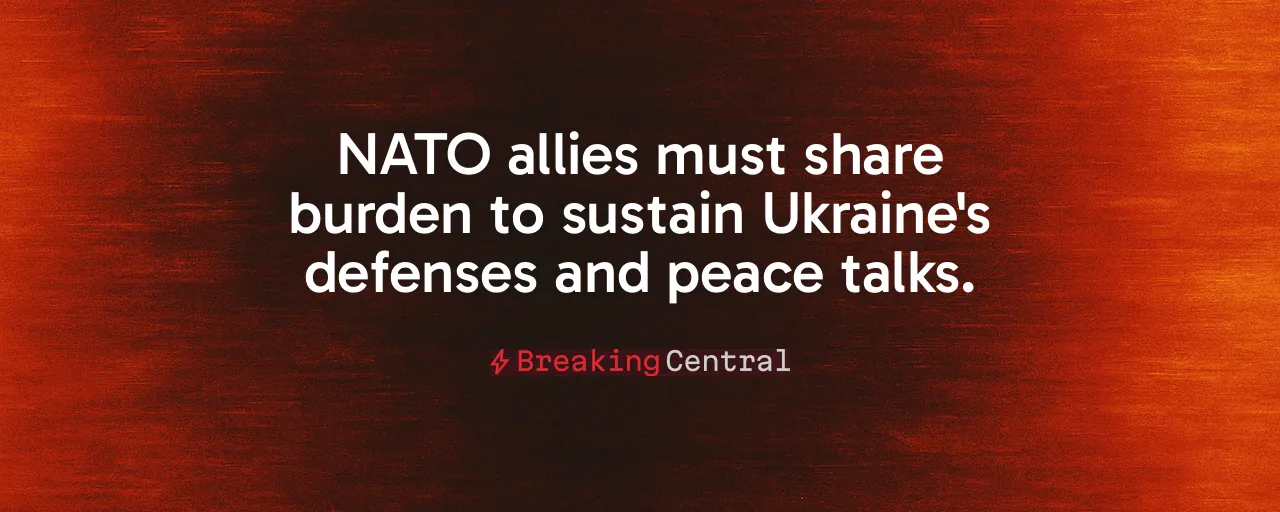A Calculated Restart
President Trump's latest move to send defensive weapons to Ukraine, announced July 7, 2025, by the Department of Defense, signals a careful recalibration. After a week-long pause to assess U.S. munitions stockpiles, the decision reflects a broader strategy: support Ukraine's defense while safeguarding America's own security. The directive, rooted in the America First framework, emphasizes that every arms shipment aligns with national priorities, from deterring adversaries like China to maintaining robust domestic arsenals.
Aid to Kyiv is not a blank check. The Pentagon's temporary halt on Patriot interceptors and artillery rounds sparked debate, with some in Congress pushing for unchecked aid. The pause exposed a critical truth: U.S. inventories of key munitions, like 155 mm shells, are stretched thin. The administration's insistence on an America First Munitions Sufficiency Test ensures that aid to Ukraine does not undermine readiness for other global threats. It is a pragmatic stance, grounded in the reality of finite resources.
The timing matters. Russian missile strikes on Ukrainian cities have intensified, and NATO allies are clamoring for sustained U.S. leadership. Trump's decision to resume shipments, while tying them to peace negotiations, aims to bolster Ukraine's defenses and avoid entangling America in an endless conflict. It is a high-stakes balancing act, one that requires clarity of purpose and unwavering commitment to national interests.
Stockpiles Under Strain
The numbers tell a sobering story. Since Russia's 2022 invasion, the U.S. has delivered over $66 billion in security aid to Ukraine, including 3 million 155 mm shells and thousands of missiles. But internal Pentagon audits, conducted in February and May 2025, revealed that Patriot interceptor stocks are below safe thresholds. Ukraine's monthly demand for these interceptors, around 120 to 150, far outpaces America's current production rate of 540 per year. This gap poses a direct threat to readiness.
The strain extends beyond missiles. Artillery rounds, critical for Ukraine's defense, are also in short supply. The Government Accountability Office estimates that replacing transferred munitions will cost $18 to $22 billion by 2028. Production bottlenecks, particularly in rocket motors and electronics, limit how quickly the defense industry can scale up. These constraints underscore why the administration paused shipments in July, demanding a rigorous review before proceeding.
America's defense-industrial base, led by companies like Raytheon and Lockheed Martin, is racing to meet demand. Surging orders for Ukraine compete with needs in the Indo-Pacific, where deterring China remains a top priority. The Pentagon's focus on multiyear procurement contracts aims to stabilize production, but relief is 12 to 18 months away. Until then, every transfer to Ukraine is weighed against the risk of weakening America's own deterrence.
Allies Must Step Up
NATO's role in this equation is pivotal. At the June 2025 summit, allies pledged to raise defense spending to 5 percent of GDP, a historic commitment driven by the need to support Ukraine and strengthen their own defenses. This shift offers a clear opportunity: European nations, particularly Germany and Poland, can take on a larger share of Ukraine's military burden. Their increased contributions, already rising to 33 percent of global aid by mid-2025, signal a path toward greater burden-sharing.
The U.S. cannot bear the load alone. European Patriot batteries, for instance, could rotate into Ukraine, with America offsetting costs through financial support. Such arrangements would preserve U.S. stockpiles while ensuring Kyiv's air defenses remain robust. The administration's push for allies to step up is a practical necessity, backed by the reality that America's strategic focus is increasingly turning to the Indo-Pacific.
This approach aligns with a broader vision: a strong NATO where each member pulls its weight. By conditioning future aid on allied commitments, the U.S. can maintain leverage, encouraging reforms in Ukraine and accountability in how weapons are used. It is a strategy that respects American taxpayers, who deserve to know their resources are not stretched to prop up an uneven alliance.
Peace as the Endgame
The ultimate goal is not perpetual aid but a resolution that ends the bloodshed. Trump's directive explicitly links arms shipments to progress toward peace talks, a nod to his campaign promise to avoid forever wars. By supplying defensive weapons like Patriot interceptors, the U.S. strengthens Ukraine's position at the negotiating table, creating leverage for a potential armistice. This is about using aid strategically to hasten a durable settlement.
Historical precedent supports this approach. Limited, targeted support has often paved the way for diplomacy, as seen in past conflicts where military aid shifted the balance toward negotiation. The administration's insistence on tying aid to peace efforts reflects a clear-eyed view: prolonging the war through open-ended commitments risks escalation with a nuclear-armed Russia, a scenario no one can afford.
Ukraine's leaders, including President Zelensky, face their own challenges, from battlefield losses to domestic reforms. By conditioning aid on anti-corruption measures and verifiable progress, the U.S. can ensure that weapons reach their intended purpose. This framework respects the sacrifices of American taxpayers while advancing a resolution that serves both Ukraine and global stability.
Strength at Home, Resolve Abroad
The decision to resume Ukraine aid, while prioritizing America's strength, sends a clear message: national security starts at home. By enforcing stockpile reviews and demanding allied contributions, the administration safeguards U.S. readiness without abandoning a democratic partner. This balance reflects a commitment to principled leadership, where support for freedom abroad does not compromise strength at home.
The path ahead requires discipline. Expanding domestic production, leveraging NATO's renewed resolve, and tying aid to peace talks offer a roadmap for sustainable support. These steps ensure that America remains a global leader, capable of deterring threats and defending its interests, whether in Kyiv or the South China Sea.
As the conflict in Ukraine grinds on, the stakes could not be higher. A strategy rooted in America's priorities, backed by rigorous oversight and a clear endgame, honors the nation's values and its people. It is a vision that looks beyond the battlefield, toward a future where strength and peace go hand in hand.
